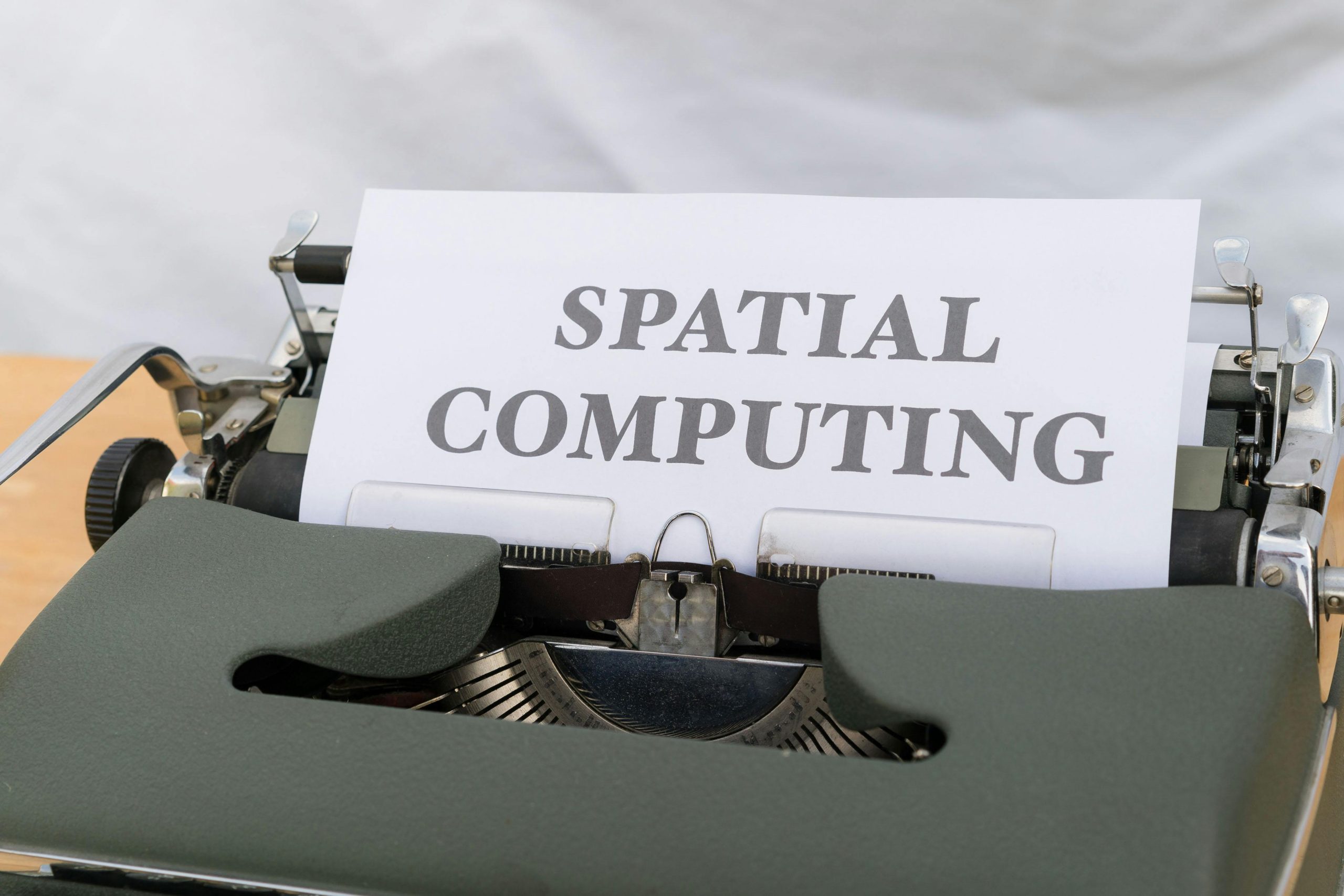Understanding Unresponsive Keyboard Keys on ASUS VivoBook VX505ZA: Troubleshooting and Solutions
Introduction
The ASUS VivoBook VX505ZA is a popular laptop known for its performance and portability. However, users may encounter issues with their keyboard, especially after a replacement. Recently, a user reported that after replacing the keyboard approximately a month and a half ago, several keys began malfunctioning—initially exhibiting auto-pressing behavior, followed by complete non-responsiveness of multiple keys. This article explores potential causes and offers best practices for troubleshooting such keyboard issues to ensure proper diagnosis and repair.
Case Overview
The user replaced the keyboard at a professional repair shop, suggesting that hardware replacement was performed with some level of technical expertise. The specific symptoms included:
- Intermittent auto-pressing of the “D” key, producing continuous “d” characters.
- Complete failure of multiple keys (A, D, T, C, V, and Spacebar).
- External USB keyboard functioning correctly, indicating the motherboard and system are capable of processing keystrokes.
- The issue persists even in BIOS, confirming it is likely hardware-related rather than a software glitch.
Potential Causes
Several factors could contribute to widespread keyboard failure following a replacement:
-
Faulty Replacement Keyboard
While replacement keyboards are a common solution, inferior or defective units can exhibit malfunctions such as ghosting or sticking keys. -
Ribbon Cable or Connection Issue
The keyboard interface relies on a ribbon cable connection. Improper seating, damage during installation, or cable degradation may result in unresponsive or erratic key inputs. -
Motherboard or Controller Problem
Although less common shortly after a keyboard replacement, internal motherboard issues or faults in the keyboard controller circuitry can manifest as multiple key failures. -
Software or Driver Glitches (Less Likely)
Given the hardware symptoms and persistence in BIOS mode, software is less likely to be the culprit, but it remains a consideration if hardware checks are inconclusive.
Troubleshooting Steps
To identify and resolve the root cause, consider the following diagnostic procedures:
- Verify Physical Connections
- Power off the laptop and disconnect all power sources.
- Carefully re-open the laptop following manufacturer guidelines.
- Inspect the ribbon cable connection for secure seating and any visible damage.
-
Reseat the ribbon cable gently to ensure proper contact.
-
Test the Keyboard Hardware
- Use the BIOS or UEFI interface to test key functions; response inconsistencies at this level confirm hardware
Share this content:



